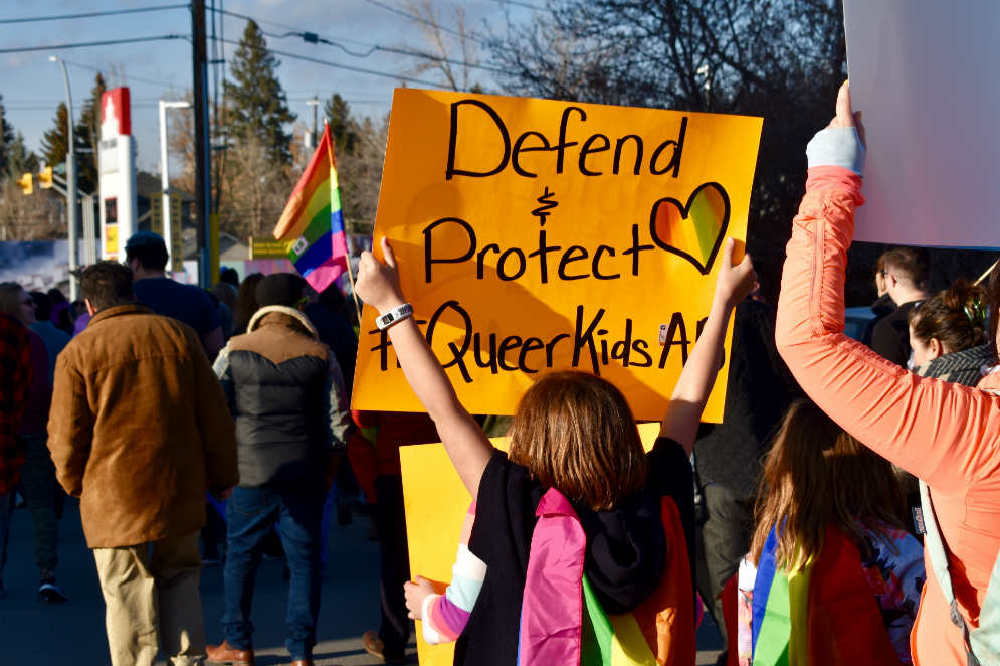Today marks the International Day Against Homophobia, Transphobia and Biphobia; a day that promotes inclusivity of all members of the LGBTQ+ community and rejects abuse and hatred towards those with non-conforming gender and sexual identities.

Photo Credit: Denin Lawley on Unsplash
The biggest contributor to such negativity is ignorance; people are afraid of what they don't understand. And the only way we can learn to be accepting of other cultures is by educating ourselves. Here are seven important LGBTQ+ terms that you ought to learn:
Androsexual
This is a person who is sexually attracted to masculinity, be they men or androgynous women. Trans and intersex people are also included. The opposite of this is gynesexuality, which is of course an attraction to all things female.
Aromantic
You may have heard the term "asexual", which refers to people who have little to no interest in sexual relationships. Aromatic is similiar, but relates to a lack of interest in romantic behaviour or relationships. So while asexuals actively engage in romantic relationships (albeit without sex), aromantics prefer relationships that are entirely platonic.
Cisgender
This is essentially the opposite of transgender in that it refers to people who live their life in the "expected" way according to the gender they were assigned at birth. It's not a slur by any means, though words such as cisnormativity and cissexism are used to call out behaviours that make gender assumptions which alienate the trans community.
Intersex
The term "hermaphrodite" is both extremely outdated and extremely stigmatising in this day and age. Instead, we use the word "intersex" when making reference to people born with Differences of Sex Development. This can include Androgen Insensitivity Syndrome (AIS), which is when someone is born with XY chromosomes but their body does not respond to male hormones; Klienfelter Syndrome, which is when someone is born with unusual chromosome combinations such as XXXY; and ambiguous genitalia, among others.
Non-binary
Non-binary or genderqueer refers to people whose gender identity incorporates aspects of both male and female, or indeed of no specific gender type. It's essentially an umbrella term for those who do not conform to a particular gender. This includes those who are genderfluid, i.e. flexible in their gender identity, often switching between "he" and "she" pronouns; and agender, which simply means genderless.
Pansexual
Pansexual, also known as omnisexual, describes a person whose sexual attraction is not determined by sex or gender identity. These aspects simply do not come into play where pansexuality is concerned. It used to distinguish itself from bisexuality in that it included attraction to genders outside the realm of male and female, though a lot of bisexuals would define their sexuality in a similar way to that of pansexuality these days.
Polyamorous
This refers to someone who enjoys multiple non-monogamous relationships, but in an open and honest way. All partners must be consenting of this arrangement. It is a growing trend among this generation, and discussions surrounding polyamory generally relate to healthy communication and deep levels of trust.
Tagged in LGBT

